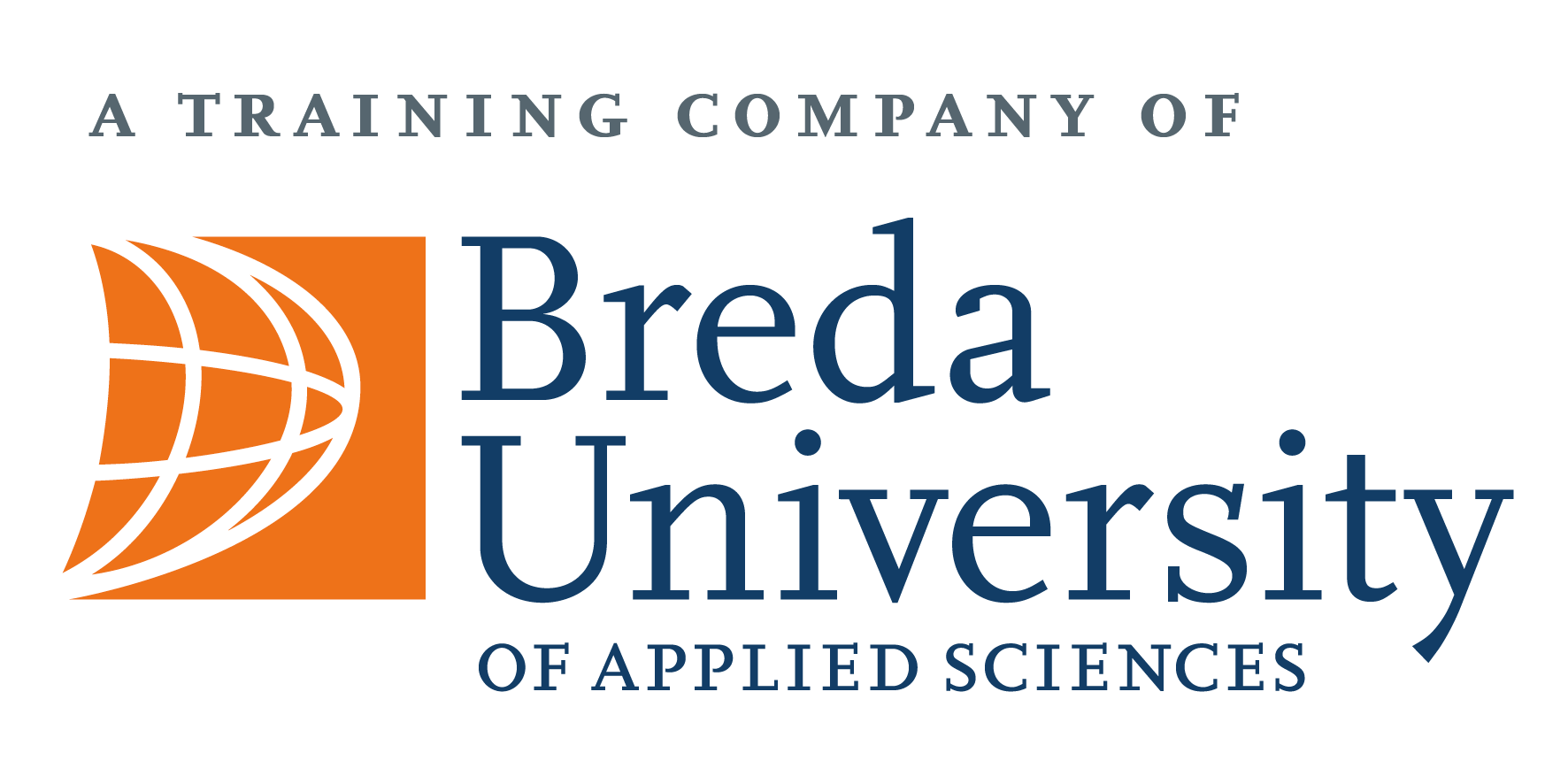Art. Something that can be defined and pursued in so many different ways. Yet, one of the fastest-growing forms is making it digitally. I have talked to Lilly Peeters, a 19-year-old third-year Creative Business student at BUas and an aspiring digital artist to open my eyes about the world of digital art.
First and foremost, what even is digital art?
Easily said, digital art is just art on the computer. It is just like regular art, but it is made on a computer, using different specialized programs and with the help of drawing tablets.
“Some people say digital art is easier than regular art as you can use a variety of tools, make adjustments easily, and save your progress. Others prefer to have the feel of real paper when they are working on their drawing.”
It took one Christmas present
Lilly started doing digital art about 4-5 years ago. “A friend of mine owned a Wacom drawing tablet, which I thought was really cool. I wanted to try it out too, so I asked my parents to get the same tablet as a Christmas present. As soon as I received it, I connected it to my laptop, and just started experimenting.” When she was younger, Lilly also liked watching speed painting videos on YouTube and followed digital art artists on Instagram, which influenced her to try out this form of art.
“I am mostly self-taught as I learned a lot from YouTube tutorials, but it took a lot of practising to get to the point where I am now.” However, in high school, Lilly did follow some special art classes, but none of them were about digital art. Those classes mostly specialized in regular drawing which helped her gain experience and practice with other materials and techniques as well like watercolours, acrylics, clay, wood, and even printing.

So many options to use
Throughout her journey, Lilly has familiarized herself with several different programs to create her work. “I first started using FireAlpaca, mainly because it was free, and I saw other artists use it as well. It had all the elementary functions and was a good starting point. Then, I moved on to MediBang, which looked more aesthetic and had even more functions.”
After getting access to Adobe Photoshop, Lilly quickly realized that this program is the best out of the ones she had used. The software gave her various options and tools and as a bonus, she had the possibility to use Adobe Creative Cloud to save the progress online. Now, however, Lilly prefers to use Clip Studio Paint instead due to the cheaper price and accessibility.

The challenge of finding inspiration
Lilly has several ways to find inspiration for her work. “I really like looking at different artworks on social media platforms like Instagram or Pinterest posted by other artists. I also tend to look at tutorials on YouTube and always start off with making sketches of my ideas.”
Finishing one piece of work can usually take around 2-3 hours, or in some cases, even up to 8 hours. “It can really depend. I mostly focus on drawing faces of characters, but if I also work on, for example, the full body or background, it can take longer to finish.”

Social media is the key
Lilly has also created an Instagram account, @artssolis, to share her art with the world. “After I finished a drawing, I didn’t know what to do with it. At first, I showed the finished result to my parents, and they were like, ‘Yeah, that’s nice!’, but I wanted to show my work to more people and get more interaction.” Lilly agrees that she can also use the Instagram account as a portfolio including all of her work, and it is nice to have some people recognize her hard work. She has also taken part in different challenges and collaborations with other artists in the Instagram art community.
“My biggest role model from the community has to be @cyarine on Instagram. I have a print of her work on my wall and have even bought her book. I think it’s really cool that she has such a big following as she is also Dutch, so this has inspired me to draw even more.”

Never give up
To end this interview, I asked Lilly what she would recommend for somebody who wants to start with digital art. “When starting, it's better to try out the free programs before considering buying one, as they usually do a good job. Additionally, it is easy to find cheaper drawing tablets, which are perfect for beginners.” However, Lilly thinks that the most important thing is to practice, practice, and practice. “Even if your first drawing looks shit, don’t give up yet as it can take quite some time to get used to drawing on the tablet and seeing the outcome on the screen.

